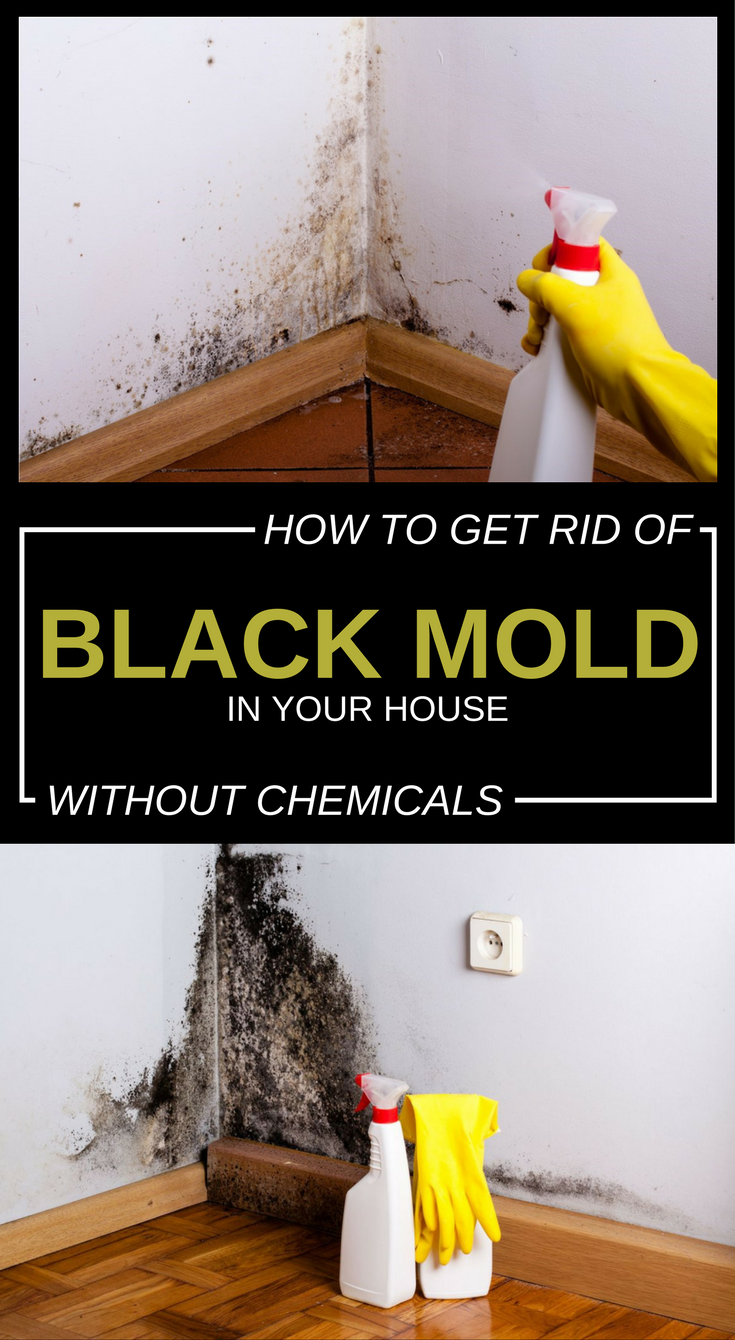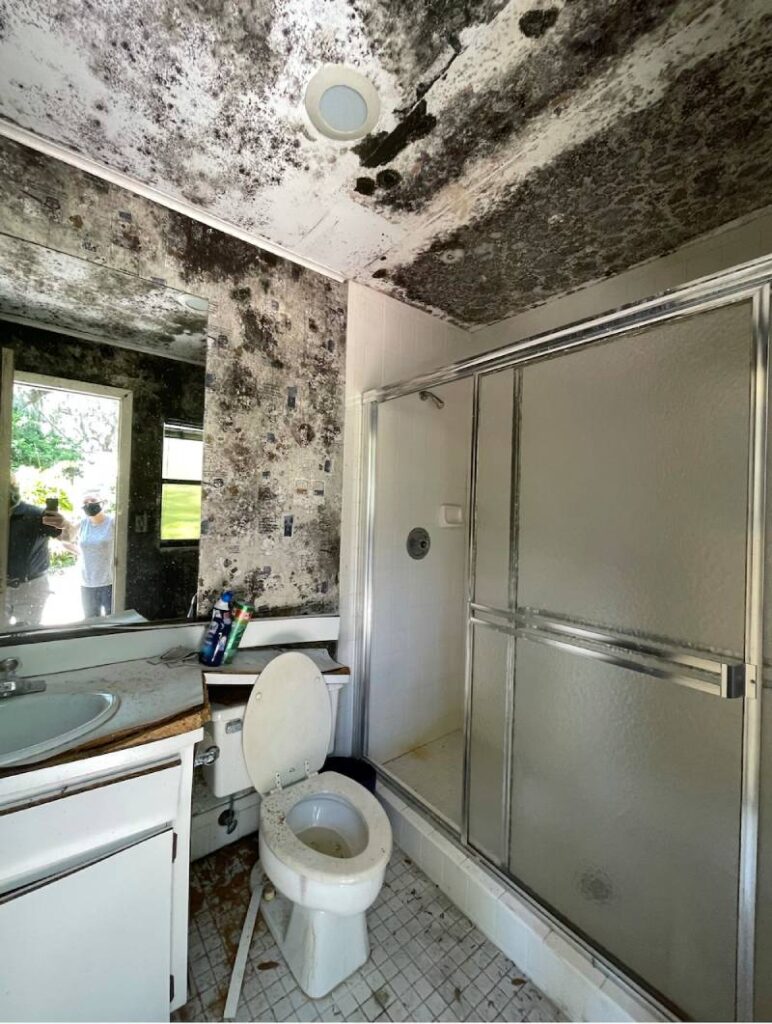How to Get Rid of Black Mold
by Admin
Posted on 20-02-2025 12:12 PM

We may earn revenue from the products available on this page and participate in affiliate programs. Learn more ›
knowing how to get rid of a black mold is a skill set every diyer and homeowner should have in their know-how arsenal. As a naturally occurring and pervasive substance in our world, mold exists in a variety of different forms, many of which are nontoxic and mainly affect those with allergies and asthma. Black mold, however, is more serious.
 Exposure to the toxic variety of stachybotrys chartarum can cause respiratory issues that can be mild or severe. Like most kinds of mold, stachybotrys chartarum grows at an alarming rate under the right conditions—namely, in places with prolonged exposure to moisture and humidity, such as bathrooms , basements, under-sink cabinets, or recently flooded areas.
Exposure to the toxic variety of stachybotrys chartarum can cause respiratory issues that can be mild or severe. Like most kinds of mold, stachybotrys chartarum grows at an alarming rate under the right conditions—namely, in places with prolonged exposure to moisture and humidity, such as bathrooms , basements, under-sink cabinets, or recently flooded areas.
(800) 775-7876 find your local puroclean black mold, or any mold for that matter, can be found in homes across the country. When it comes to black mold, people often get scared because they are not sure what it is, what effects it may have, and how to get rid of it. All mold has the potential to cause negative health effects and should be treated with care. It is always recommended to reach out to the professionals at puroclean to handle the problem for you. If the black mold affects an area smaller than 10 square feet, this blog will discuss some tips you can choose to attempt the mold cleanup yourself.
Find the Moisture Source
Black mold removal is important.
 But first, you must identify that it is black mold. First, look at the color, followed by the smell. Black mold is black or even dark gray in color, and often smells wet and musty, as it usually grows in areas with a lot of moisture. Black mold is also usually noticeable in the home if you experience a burning or scratching sensation in your throat or lungs. Black mold is dangerous and can greatly affect your health if left untreated, so it's important to remove it as soon as you're aware of it.
But first, you must identify that it is black mold. First, look at the color, followed by the smell. Black mold is black or even dark gray in color, and often smells wet and musty, as it usually grows in areas with a lot of moisture. Black mold is also usually noticeable in the home if you experience a burning or scratching sensation in your throat or lungs. Black mold is dangerous and can greatly affect your health if left untreated, so it's important to remove it as soon as you're aware of it.
Microbe growth needs two main things, including moisture and warmth. There might be a leak in your shower or within the walls. Spores find their way into almost every crevice, and discovering warmth and moisture is a perfect breeding ground. Other causes include food resources. Mold feeds on plant-based materials, which equates to most household items. The walls, in particular, have wood studs that are perfect for mold growth when moisture is present. A heated pool is also a perfect location for microbes unless it’s cleaned on a regular basis. Black mold loves areas that are wet, so it makes sense that it would appear in places with condensation.
Test the Area for Moisture
The need for black mold removal services is often due to the unsupervised growth of mold in high moisture areas of the home. “black mold in basement” is one of the most common ways people find us. Just because the mold is black, however, does not mean you are at an immediate risk. Over 60 different species of black mold are incorrectly assigned to the black mold category. Mold remediation columbus offers complete black mold removal services with expert aid from indoor environmental professionals. Visual inspections are not always adequate to determine the severity or volume of the indoor fungus.
Who should do the cleanup depends on a number of factors. One consideration is the size of the mold problem. If the moldy area is less than about 10 square feet (less than roughly a 3 ft. By 3 ft. Patch), in most cases, you can handle the job yourself, follow the mold cleanup tips and techniques. However: if there has been a lot of water damage, and/or mold growth covers more than 10 square feet, consult epa guide mold remediation in schools and commercial buildings. Although focused on schools and commercial buildings, this document is applicable to other building types.
This test exposes your body to small amounts of black mold allergens. Your healthcare provider will first clean a test area of your skin with alcohol. The test area is usually on your forearm or upper back. Your allergist will use a thin needle (lancet) to prick your skin with black mold allergens. The lancet won’t go deep into your skin. You’ll only feel a tiny pinch, and you won’t bleed. Allergic reactions typically occur within 15 minutes of exposure to the possible black mold allergens. Reactions may include skin discoloration (red, gray or white) or raised, round spots called wheals that look like mosquito bites.